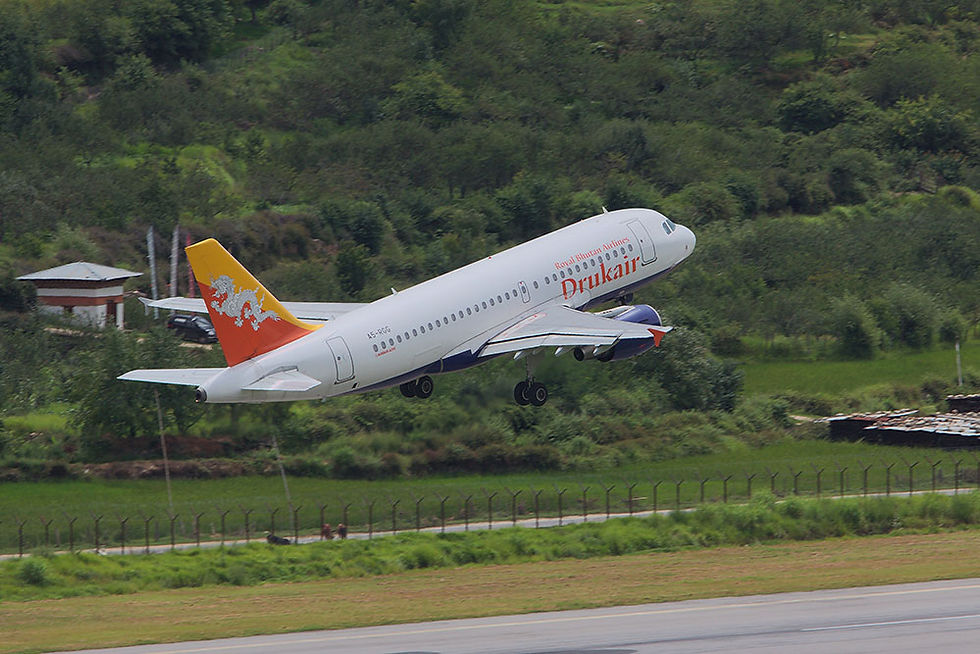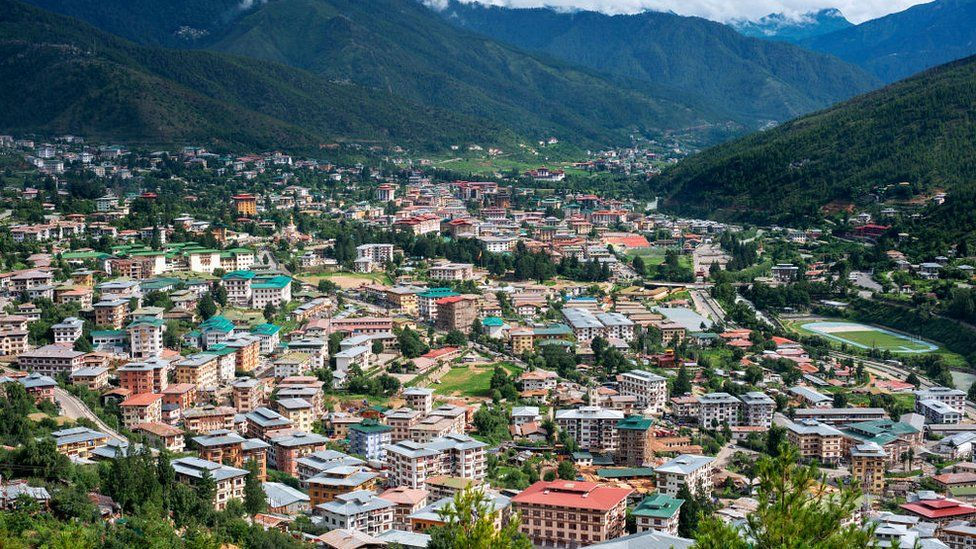The employment challenges in Bhutan are causing a significant migration to Australia
- Saidpiece
- Sep 6, 2023
- 3 min read
The reopening of Australia's borders to international students following the pandemic has sparked a significant migration from Bhutan, as young individuals seek opportunities abroad amidst increasing economic dissatisfaction in the landlocked Himalayan nation.

The migration of students from Bhutan to Australia has witnessed a sharp rise, with over 12,000 long-term arrivals making the move in the 11 months leading up to May alone. This influx represents approximately 1.5% of Bhutan's relatively small South Asian population, which is grappling with a youth unemployment rate in the double digits.
Most of the recent arrivals have chosen to settle in Perth, Western Australia, where they have enrolled in various courses such as childcare, hospitality, and accounting.
Tashi Kipchu, a 25-year-old education consultant, is among those who arrived in Australia last year in pursuit of better prospects. He remarked, "Right after COVID, everything came to a standstill. People no longer saw opportunities back home." Kipchu had pursued marketing studies at the University of Western Australia.

Prior to 2017, apart from a limited humanitarian intake, migration from Bhutan to Australia had been minimal. However, the trend started to gain momentum in 2017 when student arrivals began to increase. The process accelerated after Australia reopened its borders in 2022, with official data indicating a fivefold surge in student visa applications from Bhutan in the fiscal year ending in June.
This sudden influx of students has made Australia home to one of the largest Bhutanese expatriate communities outside of South Asia. Although they constitute a small portion of Australia's total international student population, their arrival is significant as the A$40 billion ($27 billion) education sector seeks to offset losses resulting from the reduced presence of foreign students during the pandemic, particularly from key markets like China, which have been slower to return.
"Australian universities are eager to diversify, as they've been cautioned by both previous and current governments not to rely too heavily on just China, India, and Nepal," noted Phil Honeywood, Chief Executive Officer at the International Education Association of Australia. "They need to explore new education markets in different countries."
Sonam Tobgay, Bhutan's inaugural ambassador to Australia since 2021, cited Australia's appeal, which includes relatively lower tuition fees and a favorable visa policy allowing students' dependents to work unlimited hours. Six of Bhutan's current 10 cabinet ministers have qualifications from Australian universities or institutes.

Bhutan, known for its Gross National Happiness index that measures factors beyond conventional GDP, such as well-being and the environment, has experienced economic challenges due to its mostly closed economy, dependence on hydropower and tourism, and high energy prices, leading to a decline in foreign reserves. Additionally, government reforms in the public sector have prompted a mass exodus of working professionals, as the civil service is the country's largest employer.
Located between India and China, Bhutan reopened its borders in September. However, increased tourist taxes have hampered recovery in the critical tourism industry, leading to high youth unemployment, which reached 28% last year. Faced with limited job prospects at home, many young Bhutanese have turned to Australia, which has relaxed visa restrictions to address its tightest labor market in 50 years.
Kipchu, originally a chemical engineer in Bhutan, recognized a business opportunity upon arriving in Perth and established an education consultancy to assist prospective students from Bhutan. His company now employs 40-50 people in his home country. Kipchu anticipates that the trend of moving to Australia will continue, given the attractive job opportunities and flexibility for students to work in the country.
At Kingston International College, a vocational education provider in Western Australia, approximately 150 Bhutanese students are receiving training. Bhutanese individuals follow successful examples and gravitate toward those areas for their studies and careers.








Comments